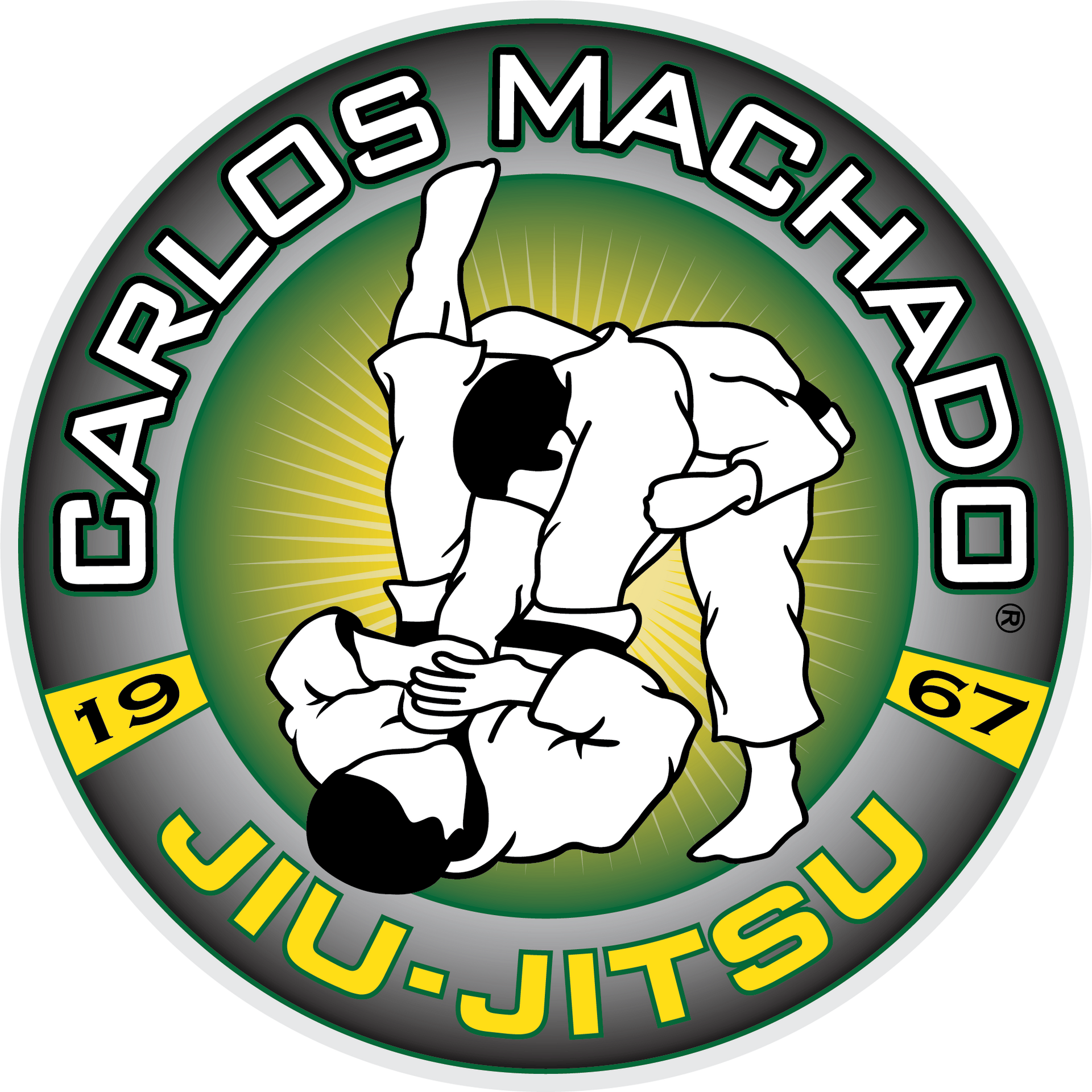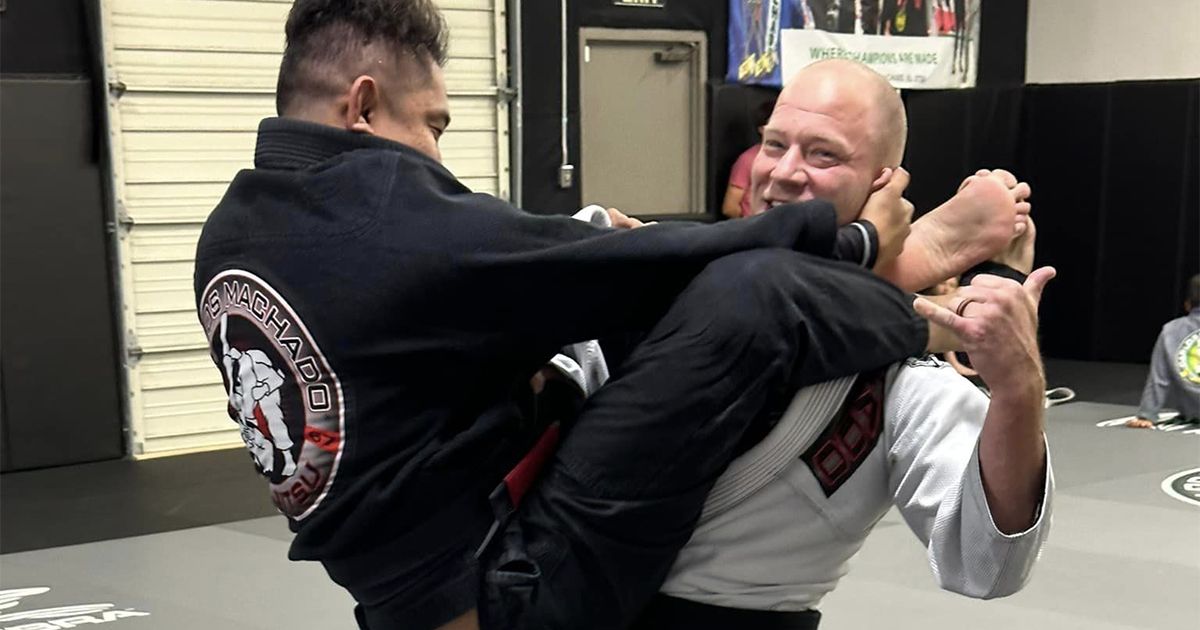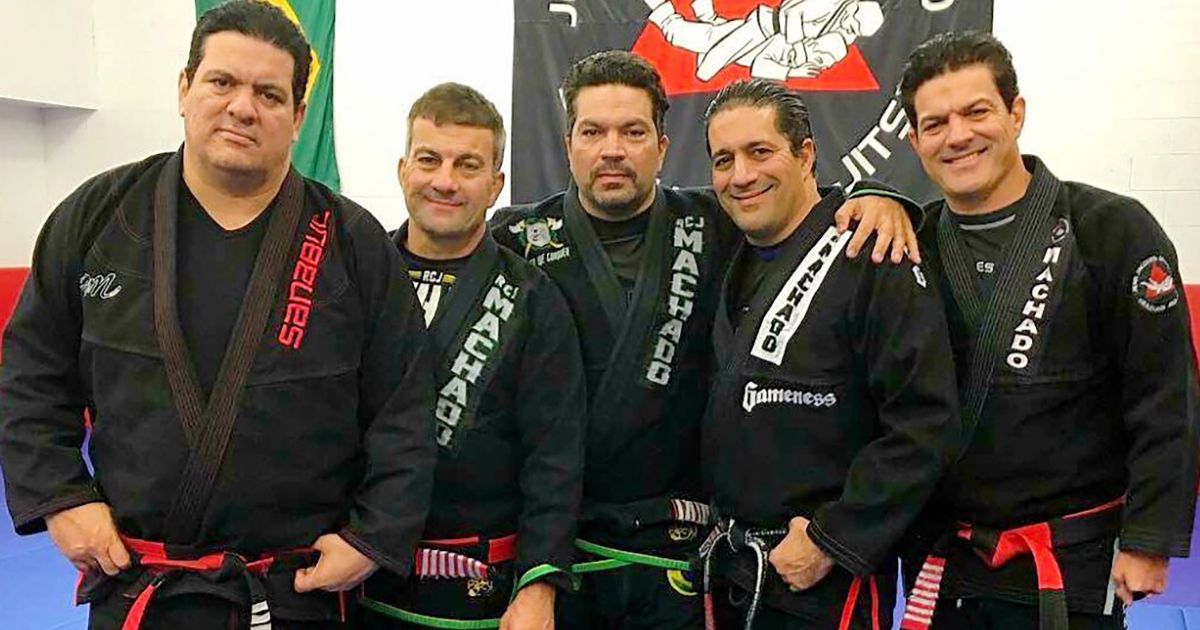Mastering the Knee Ride Pass and Armbar Techniques in Jiu-Jitsu
Knee Ride Pass Technique
In the realm of Brazilian Jiu Jitsu, mastering the knee ride pass technique is essential for any practitioner looking to enhance their control and strategic capabilities during a match. This intricate maneuver involves a series of precise movements and key points that, when executed correctly, can provide a significant advantage over your opponent. Let's delve into the intricacies of the knee ride pass technique and explore the fundamental principles behind its success.
Establish Control with Opponent's Leg Between Your Legs
One of the foundational elements of the knee ride pass technique is establishing control over your opponent's leg by positioning it between your legs. This strategic placement serves as the starting point for initiating the pass and sets the stage for the subsequent movements that will follow. By securing your opponent's leg in this manner, you create a pivotal point of leverage that can be used to control their mobility and dictate the flow of the match.
Avoid Overcommitting Arm Pushing Opponent's Shoulder
As you make your initial move to pass the knee ride, it is crucial to avoid overcommitting your arm when pushing against your opponent's shoulder. Overextension in this area can leave you vulnerable to counterattacks and compromises your overall stability and balance. By maintaining a controlled and measured approach with your arm movements, you can effectively navigate around your opponent's defenses and advance towards a dominant position.
Slide Knee Across, Clear Opponent's Leg, Keep Arm Extended
The next phase of the knee ride pass technique involves sliding your knee across your opponent's body, clearing their leg, and keeping your arm extended to maintain pressure and control. This fluid sequence of movements requires precision and coordination to seamlessly transition from one position to the next. By sliding your knee across and effectively clearing your opponent's leg, you create an opening that allows you to progress towards a more advantageous stance.
Initiate Attacks with Lapel Grip for Chokes or Submissions
Once you have successfully passed the knee ride and secured a favorable position, it is essential to capitalize on the opportunity by initiating attacks with a lapel grip for chokes or submissions. This strategic maneuver enables you to maintain pressure on your opponent while simultaneously setting the stage for potential finishing moves. By leveraging the lapel grip effectively, you can apply additional control and create openings for advanced techniques.
Maintain Balance, Keep Head Away to Avoid Being Rolled
Throughout the execution of the knee ride pass technique, it is imperative to prioritize balance and stability to prevent being rolled or destabilized by your opponent. By staying centered and distributing your weight effectively, you can minimize the risk of being swept or countered during the pass. Additionally, keeping your head away from your opponent helps reduce the likelihood of being rolled over and maintains a strong defensive posture.
In conclusion, mastering the knee ride pass technique in Brazilian Jiu Jitsu requires a combination of technical proficiency, strategic awareness, and precise execution. By focusing on the key principles outlined above and honing your skills through consistent practice, you can elevate your grappling abilities and gain a competitive edge in both training and competition scenarios.
Defending Against Knee Ride Pass
When it comes to defending against the knee ride pass in Brazilian Jiu-Jitsu, it's crucial to have a solid understanding of techniques and strategies to neutralize your opponent's advances effectively. In this guide, we will delve into key points that can help you defend against the knee ride pass and regain control of the situation.
Keep Elbows Tight, Use Knees to Block Opponent's Hip
One of the fundamental principles in defending against the knee ride pass is to keep your elbows tight to your body. This helps in preventing your opponent from getting a deep grip on your upper body, which can lead to loss of control. Additionally, using your knees to block your opponent's hip can create a barrier that hinders their progress and limits their movement.
Hide Arm, Use Knee Bump to Create Space and Regain Control
Another effective technique is to hide your arm to protect it from being attacked by your opponent. By keeping your arm close to your body, you reduce the chances of being vulnerable to submissions or control. Utilizing a knee bump can also be valuable in creating space between you and your opponent, allowing you to escape the unfavorable position and regain control of the situation.
Continuous Movement, Attack with Hips and Feet
Continuous movement is key when defending against the knee ride pass. Staying stagnant makes you an easy target for your opponent to establish dominant control. By incorporating hip movements and using your feet to push and create angles, you can disrupt your opponent's balance and create opportunities to escape or counter their attacks.
Grip Target Arm, Affect Opponent's Posture with Whole Body
When defending against the knee ride pass, it's essential to grip your opponent's target arm. This not only helps in controlling their movements but also allows you to disrupt their balance and posture. By engaging your whole body in the defense, you can effectively influence your opponent's positioning and limit their ability to execute their techniques.
Work Towards Armbar Position, Don't Give Opponent Chance to Breathe
As you defend against the knee ride pass, look for opportunities to transition towards an armbar position. By capitalizing on your opponent's movements and openings, you can set up a submission hold that can turn the tide of the match in your favor. Remember to maintain pressure and control, not giving your opponent a chance to catch their breath or regain their advantage.
Mastering the art of defending against the knee ride pass requires practice, patience, and a deep understanding of grappling fundamentals. By incorporating these strategies and techniques into your training regimen, you can enhance your defensive capabilities and become a more formidable opponent on the mats.
Armbar Technique
An armbar is a highly effective submission technique in martial arts, particularly in disciplines like Brazilian Jiu-Jitsu and judo. Mastering the armbar requires precision, control, and understanding of the mechanics involved. In this guide, we will delve into the intricacies of the armbar technique, breaking down each essential component for a successful execution.
Control Opponent's Head and Arm
One of the fundamental aspects of executing a successful armbar is maintaining control over your opponent's head and arm throughout the technique. By controlling these key points, you can effectively immobilize your opponent and set the stage for the submission maneuver. Grip the opponent's arm firmly while using your other hand to control their head, limiting their mobility and options for escape.
Climb Legs, Secure Arm, Use Pressure and Hip Movement
As you establish control over your opponent's head and arm, the next step is to climb your legs around their body to secure the arm for the submission. Utilize pressure and hip movement to create leverage and apply force to the target arm. Proper positioning and constant pressure ensure that your opponent remains in a disadvantaged position, making it challenging for them to counter or escape.
Dangerous Position for Opponent, Often Leads to Submission
The armbar technique puts your opponent in a dangerous predicament, with their arm extended and vulnerable to hyperextension or submission. When executed correctly, the armbar can quickly transition from a controlling position to a fight-ending submission. The combination of joint manipulation and body mechanics makes the armbar a formidable technique in the arsenal of any skilled martial artist.
Maneuvers: Head Control, Arm Control, Target Arm for Submission
Successful execution of the armbar involves a series of maneuvers that culminate in the submission hold. From initial head control to securing the opponent's arm and applying pressure, each step is crucial in setting up the armbar. The ultimate goal is to isolate the target arm, creating the perfect opportunity to apply the submission and force your opponent to tap out.
Work on One Side First, Then Switch to Other Side
When learning the armbar technique, it is essential to focus on one side initially before transitioning to the other side. By mastering the mechanics and movements on one side, you can refine your technique and build confidence in executing the armbar effectively. Once you have honed your skills on one side, practice switching to the opposite side to develop versatility and adaptability in a real combat scenario.
Overall, the armbar technique is a potent weapon in the arsenal of any martial artist. By understanding and mastering the intricacies of this submission hold, you can control and dominate your opponent, leading them to submission with precision and skill.
Armbar from Scissor Sweep Position
In Brazilian Jiu-Jitsu, the Armbar from Scissor Sweep Position is a highly effective submission technique that requires precision and control. By mastering this technique, you can secure a dominant position over your opponent and potentially end the fight quickly.
When executing the Armbar from Scissor Sweep Position, there are several key points to keep in mind:
- Block Opponent's Shoulder: To prevent your opponent's weight from driving down and countering your attack, it is crucial to block their shoulder effectively.
- Climb Legs and Adjust Elbow: By climbing your legs around your opponent's arm and adjusting their elbow, you can secure the arm in position for the Armbar.
- Control with Hip Movement: Utilize your hip movement to control the positioning of your opponent's arm, maintaining stability and preventing escape.
- Variations for Different Arm Positions: Adapt your technique based on your opponent's arm positions, ensuring that you can still execute the Armbar effectively regardless of their movements.
- V-Grip Technique: When your opponent attempts to escape the Armbar, the V-Grip technique can be employed to secure the submission and prevent their exit.
- Maintain Control and Pressure: Throughout the entire process of applying the Armbar, it is essential to maintain control and pressure on your opponent, ensuring a secure submission.
Remember, mastering the Armbar from Scissor Sweep Position requires practice, patience, and attention to detail. By focusing on each step of the technique and refining your movements, you can become a formidable force on the mat.
TL;DR
Master the Armbar from Scissor Sweep Position by blocking the opponent's shoulder, climbing legs, adjusting the elbow, adapting to different arm positions, utilizing the V-Grip technique for escapes, and maintaining control and pressure for a secure submission.





